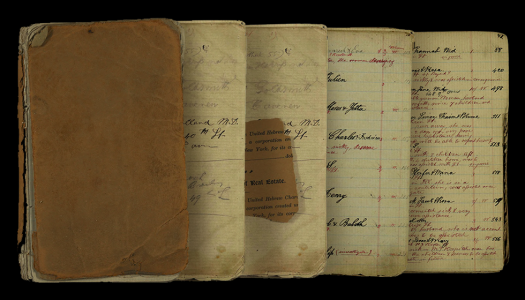Showing 615 of 1231 records
Check out the Donor Results
| Surname | Man’s Name | Woman’s Name | Address | Received Amount | Code |
|---|---|---|---|---|---|
| Knaster | Anna | 260 Stanton St | Worthy | ||
| Kaufman | Chas | Hannah | 33 Allen St. 3th floor Room 10 | $5 | Worthy |
| Kleinberg | Simon | 402. 8th St. | Worthy | ||
| Klein | Henrietta | 422. E 75th St. | $5 | ||
| Koch | Fanny | 44 Delancy St. 1th floor | $5 | Worthy | |
| Kisner | Debby | 5 Hester St | Not Recommended | ||
| Klein | Abraham | Yetta | 55 Ridge St | $2 | Worthy |
| Kaufman | Yenkel | Rachel | 60 Mulbery St. | $2 | |
| Kaufman | Mina | 61 Avenew B. | $2 | Worthy | |
| Katz | Caroline | 84 1th aveneu | $3 | ||
| Klompotchky | Baruch | Kehle | 100 Mulbery St. | ||
| Kantlowitch | Maya | Sarah Chia | 11 Ludlow St | ||
| Karn | Phillip | Johannah | 126 Delency St. Rear | Not Recommended | |
| Kaspan | Tobias | Blume | 132 E. Broadway | $3 | |
| Kaufman | Herrman | Paulina | 18 Clinton St |
